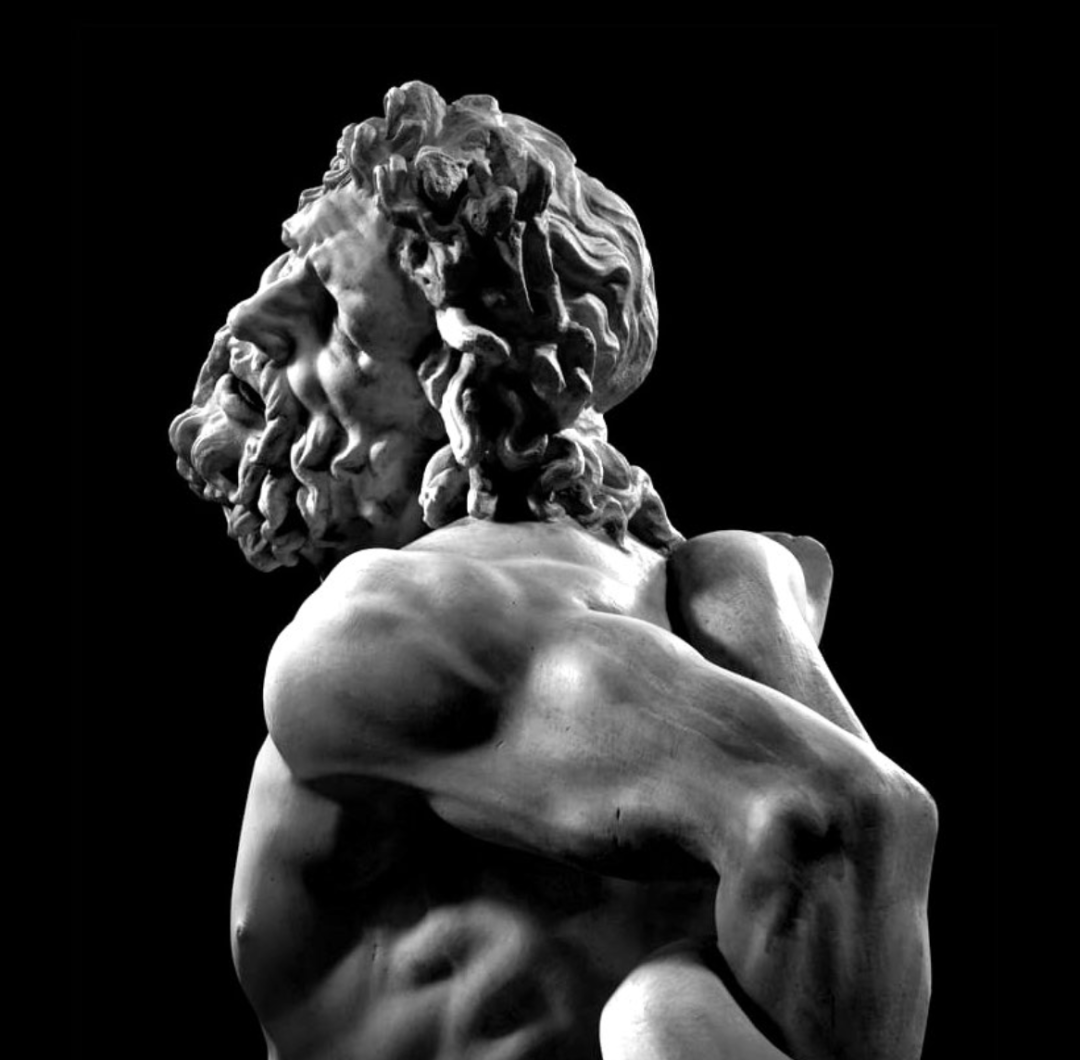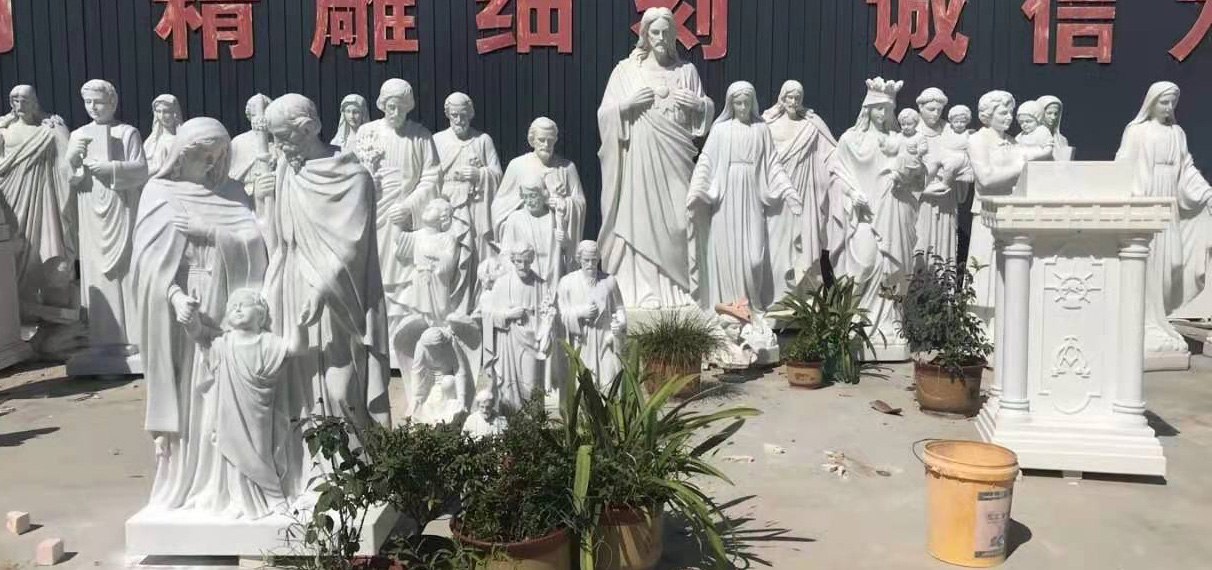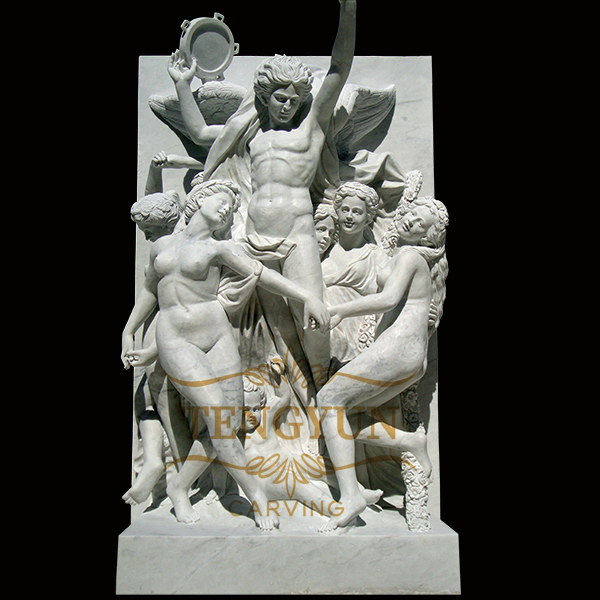- Home
- News
- Seven Classical Sculptures That Have Made Their Name In Art History — Laocoön and His Sons(No.5)
Seven Classical Sculptures That Have Made Their Name In Art History — Laocoön and His Sons(No.5)
NO.05
Laocoön And His Sons
Athenodoros
Polydorus & Agesander
In 1506, near the site of the palace of Titus, the tenth emperor of Rome, a vineyard farmer came across a collection of ancient sculptures. A monumental discovery that changed European aesthetics.

The excavation of this exquisite group of sculptures attracted the attention of Pope Julius II, who loved art. He acquired its ownership with a generous gift and even sent Michelangelo to the site of the excavation.

For a long time, artists and scholars discussed the subject, author, and age of the sculpture. It was presumed to be a statue of Laocoon and his son from the story of Troy.

It is based on the story of the Trojan War in Greek mythology. Poseidon, who sacrificed to Laocoon, warned his countrymen during the Trojan War that it was dangerous to carry the wooden horse left behind by the Greeks into the city.

Therefore, the Greek "protective god" Athena sent two pythons, wrapped around the priest and two sons, the sculpture shows, it is this shocking scene.

The python strangled Laocoon and his son with a deadly tangle. Laocoon's head was tilted back, his lips slightly parted, his face distorted by pain. His son, who was also wrapped in a snake, looked at his father in despair.

According to the research, the ancient Roman writer Plinian the Elder, in his famous book Natural History, records the sculptor as Agesander, Athenodoros and Poly-dorus, a father and son from Rhode Island.
Both Laocoon and his son were missing their right hands and arms when they were unearthed in 1506. The Pope had summoned artists to discuss how the sculpture could be restored. One of Laocoon's arm - broken posture, has caused great controversy.

Over the centuries, countless artists have tried to restore the sculpture. It was felt that Laocoon's arms should tend to be straight, since he was entangled with a python; Michelangelo intuited that Laocoon's arms should be curled and folded in fear and despair.

Amazingly, 500 years later, in 1906, a severed arm was dug up at the same place where Laocoon was unearthed. Due to the long time, no one remembered the relationship between the two. A few decades later, by chance, the Vatican Museum attached the arm to Laocoon, and it was a perfect match. This is Laocoon today.

This newly unearthed hand is curved, a testament to Michelangelo's uncanny intuition and judgment as a master artist. Laocoon with different arms can still be seen all over Europe today, probably representing the conception of the "incomplete" part by artists of different eras.

Hegel said in Aesthetics, "Although it shows extreme pain, high reality, body twitching, muscle throbbing, it still retains the noble quality of tragic beauty, without any ugliness." This is perhaps the most fascinating aspect of the statue.

After all, this classic is an historical work. Because of its special significance, people like this sculpture very much. Therefore, more and more people seeks a copy of the historical work.
Because these classic historical works are world -renowned and the symbol of an era, this has made high requirements for the details of the carving of replicas.
TENGYUN is the professional manufacturer of sculptures with 31 years. We can customize the famous Roman ancient statues as customer's request. All of our sculptors are artists with more than 20 carving experiences. We have professional design team, and we provide from design, produce, ship to after-sale one-stop service.
We are the professional manufacturer of 31 years. Every year we make and export hundreds of customized famous statues ancient sculptures. Sizes can be customized as your request.
If you need any copy of famous statues, welcome to contact us.







In the next issue, we will deeply interpret Ecstasy of Saint Teresa